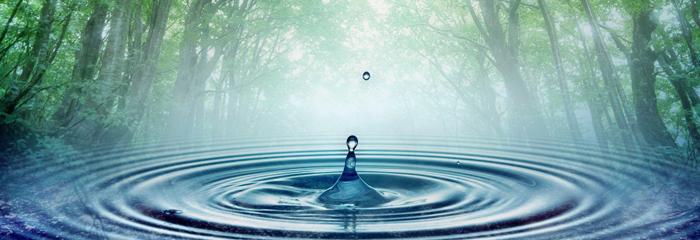Our human need to be touched
I don’t know if any therapy I’ve come across gets quite the reaction that cuddle therapy does. When I tell people what I do they either light up with joy, look dumbfounded, or scoff dismissively. One friend was horrified by the concept because she doesn’t feel comfortable having physical contact with strangers. If she wanted to address that, cuddle therapy could actually be the answer.
But this friend doesn’t feel the need to address it, because in our society the most contact we’re likely to have with a stranger is a handshake. Once we get to know people better, we might have a quick hug. But to have the sort of hug where you are simply held and comforted, without having to worry about the other person’s level of comfort, issues with boundaries, or the possibility of the hug becoming more than platonic – well, that’s rare. And, unless you have a partner who understands that need, the chances of getting those types of hugs on a regular basis are pretty low.
What to expect in a session
The idea that a stranger could offer this to you is a new concept and one people are still getting used to. But it’s the lack of physical contact with new people that makes us unaware that we can create a genuine connection with people quite quickly. When I meet a new client we start off the session by talking, and at some point I will offer to hold hands. I follow my instincts on when to make contact, but I also check out everything I do – “Is this okay, me holding your hand like this?” – because it’s crucial that nothing happens in the session that makes either of us feel uncomfortable. Communication is essential and cuddle therapy provides an opportunity to assess our level of comfort and talk about it – something we may not always feel able to do in everyday life.
Why cuddle therapy?
What happens next is up to the client. There’s no set format for cuddle therapy, because every client comes for their own personal reasons. One client came to me because he found that sitting in a chair across from a counsellor increased his anxiety, so he wanted to try talking about his problems in a more relaxed environment. Some clients have issues with touch and intimacy in relationships and want to work on this. And some simply don’t have enough touch in their lives and find this the easiest and safest way to get that need met.
It does seem to be the case that some people have a higher need for touch than others, though studies have shown that we all benefit equally from its effects. These include a release of oxytocin, serotonin and dopamine, as well as a reduction of cortisol, all of which help to relax us, reduce stress, depression and anxiety, and provide a wide array of both physical and mental health benefits, including reducing cold symptoms and alleviating fears around mortality.
Touch is a powerful thing and cuddle therapy exists because our society doesn’t recognise that. But the science is there to prove it, and if we can overcome our discomfort around touching strangers and asking friends and family for hugs when we need them, then we can all benefit.




